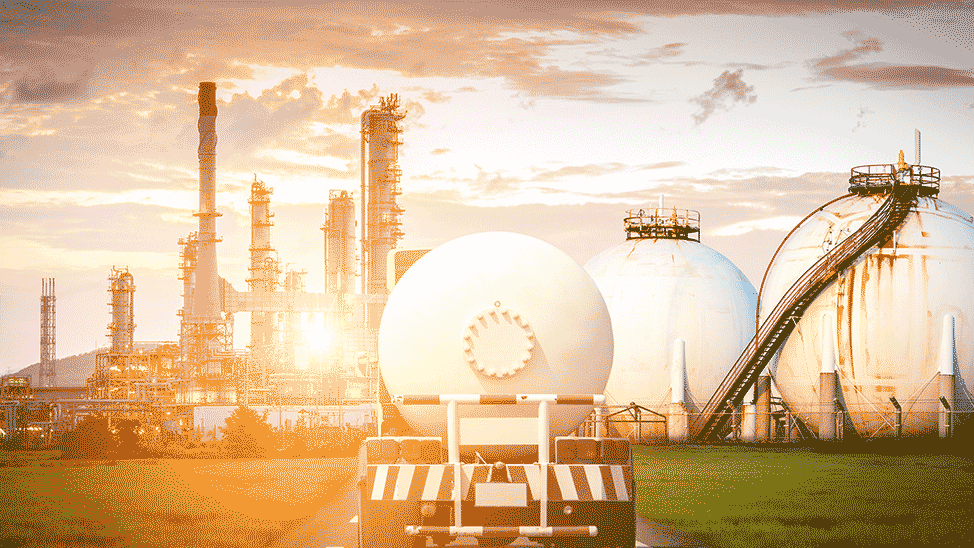This is a very complex topic that involves four main steps: determine why the pipe is being insulated; select ambient design conditions; select insulation and jacketing materials; and, perform heat gain calculations.
In the first step, the specifier must determine why the LNG pipe is being insulated. The two most common reasons to insulate an LNG pipe are to minimize condensation on the outer surface of the insulation system and to limit the heat gain into the LNG and for process control to reduce the creation of boil-off gas. The general rule-of-thumb used in the cold insulation industry is to limit the heat gain through the insulation system to ≤8 Btu/hr-ft2 (25 W/m2) of outer jacket surface area. There are other possible reasons but most of those will be achieved when these two are addressed.
Second, the specifier must select ambient design conditions including wind speed, ambient temperature, and relative humidity. It is important that the specifier select conditions that are close to worst-case conditions. It is not correct to use average conditions or worst-case conditions but, rather, conditions that are harsh but not the harshest encountered. Of course, this means the specifier must understand what conditions are the harshest. In general, higher ambient temperature, higher relative humidity, and lower wind speed are the harsher conditions for cold pipe applications. For more information on this, see the Young reference[1]. An example of near worst-case climatic conditions to select for a warm, humid, seaside location would be 90°F, 85% relative humidity (R.H.), and 7 mph wind speed. It is important to realize that worst-case conditions of very high or even 100% humidity cannot be selected when designing an insulation system. The insulation thickness required to control condensation rapidly rises to infinity as the relative humidity approaches 100%. Since the rate of increase in required insulation thickness is very fast at R.H. above 85-90%, an R.H. value in the 85-90% range is typically chosen as the design maximum.
Third, the specifier must select the insulation and jacketing materials and determine their thermal conductivity curve (insulation) and emittance (jacketing). It is recommended to use industry consensus values for these properties such as those published in the applicable ASTM standard specifications for the insulation or jacketing type used. For the commonly used aluminum and metal jacketing, emittance values of 0.1 and 0.3 should be used, respectively.
Lastly, system designers should perform calculations to determine the temperature of the outer surface of the jacket and the heat gain through the insulation system. These will be a function of the insulation thickness for the design conditions and materials being used. To perform these calculations, the specifier should use the industry standard method outlined in ASTM C680 Standard Practice for Estimate of the Heat Gain or Loss and the Surface Temperatures of Insulated Flat, Cylindrical, and Spherical Systems by Use of Computer Programs. The results from these calculations often will come in a thickness table in which the required insulation thickness is shown as a function of nominal pipe size (NPS) and pipe temperature.
If you need any assistance determining the appropriate insulation thickness for your application, please contact us directly. JM has technical representatives on staff who can help you develop or improve your specifications and system design.
aFactors Influencing the Likelihood of Surface Condensation on Mechanical Systems Insulation, Jim Young, Insulation Outlook, July and August, 2012.

